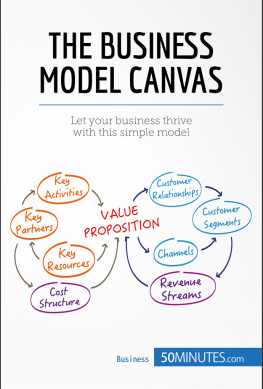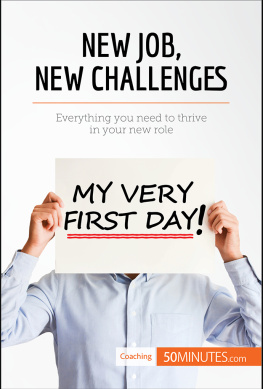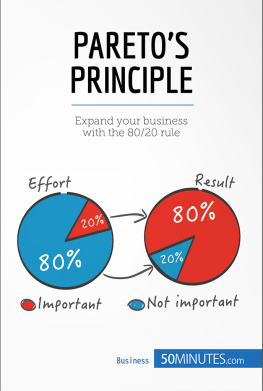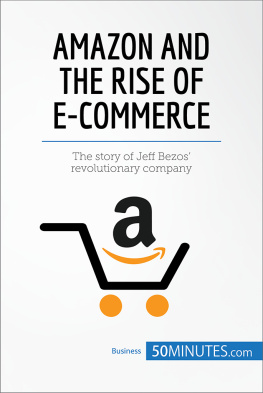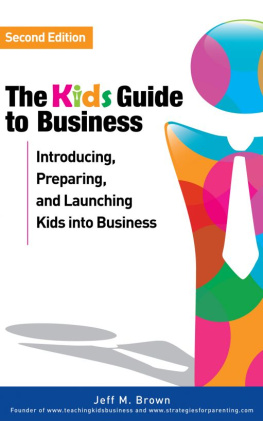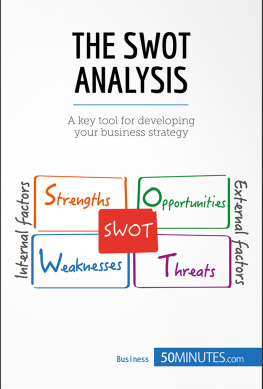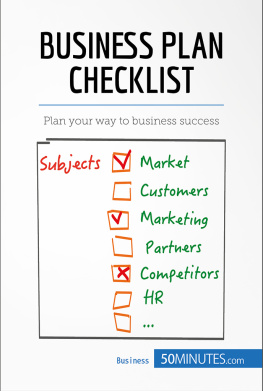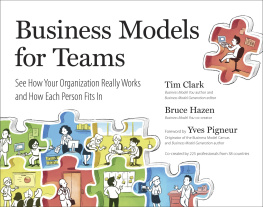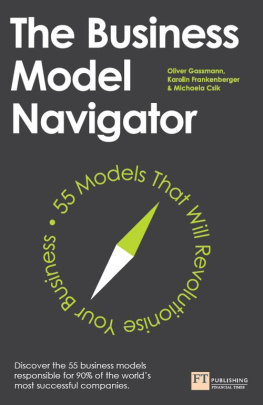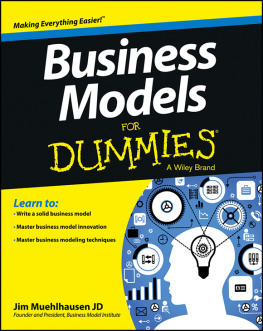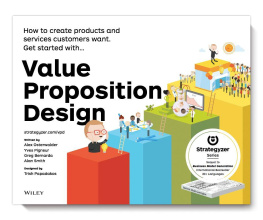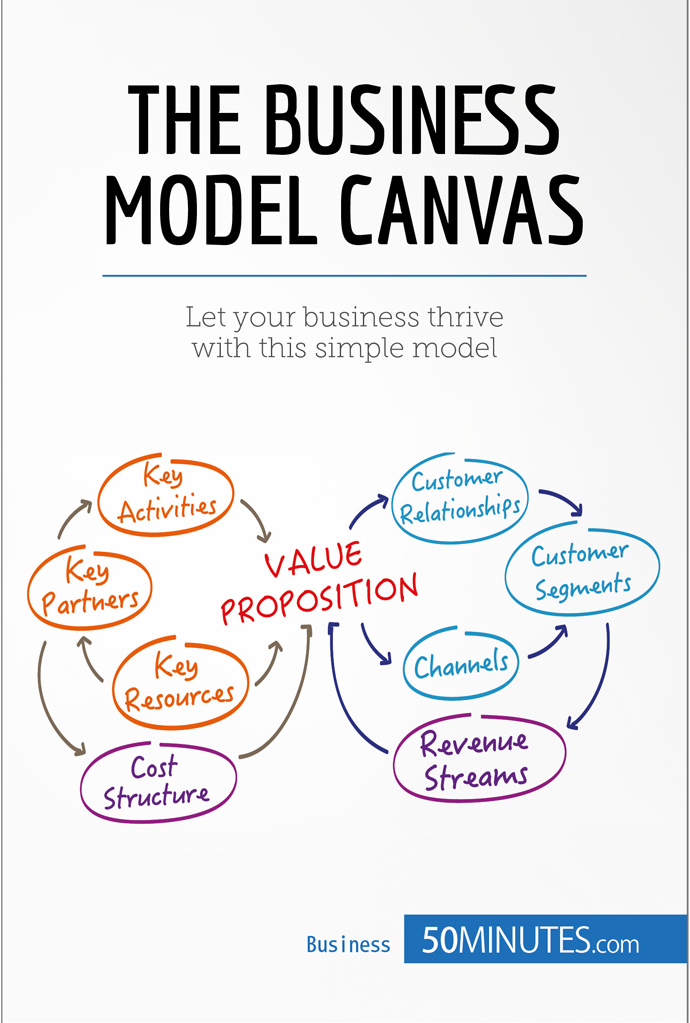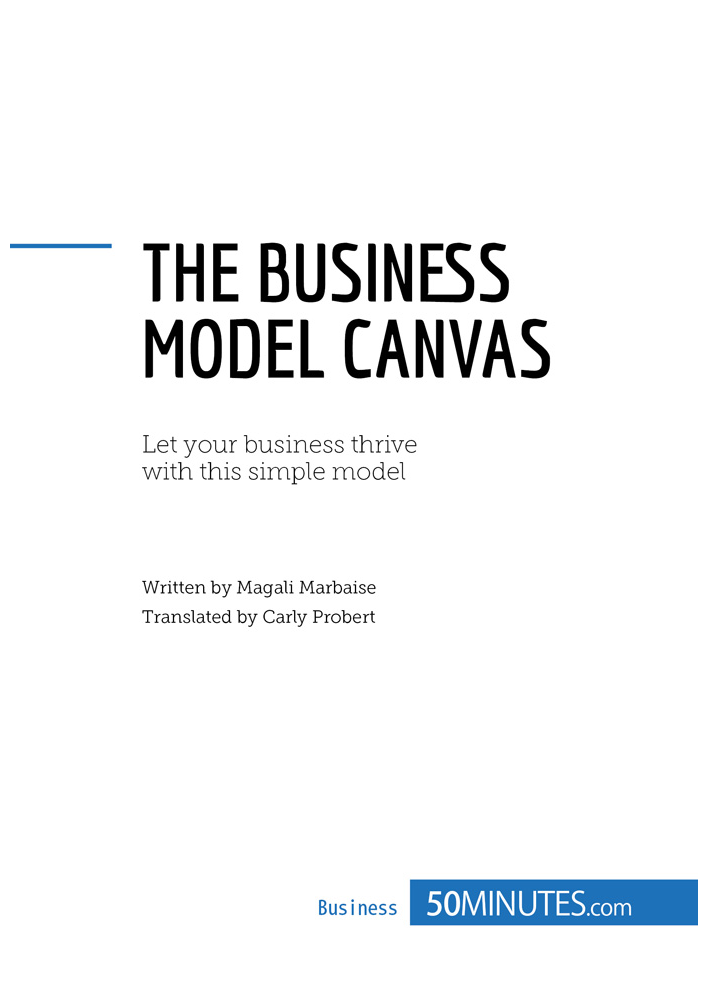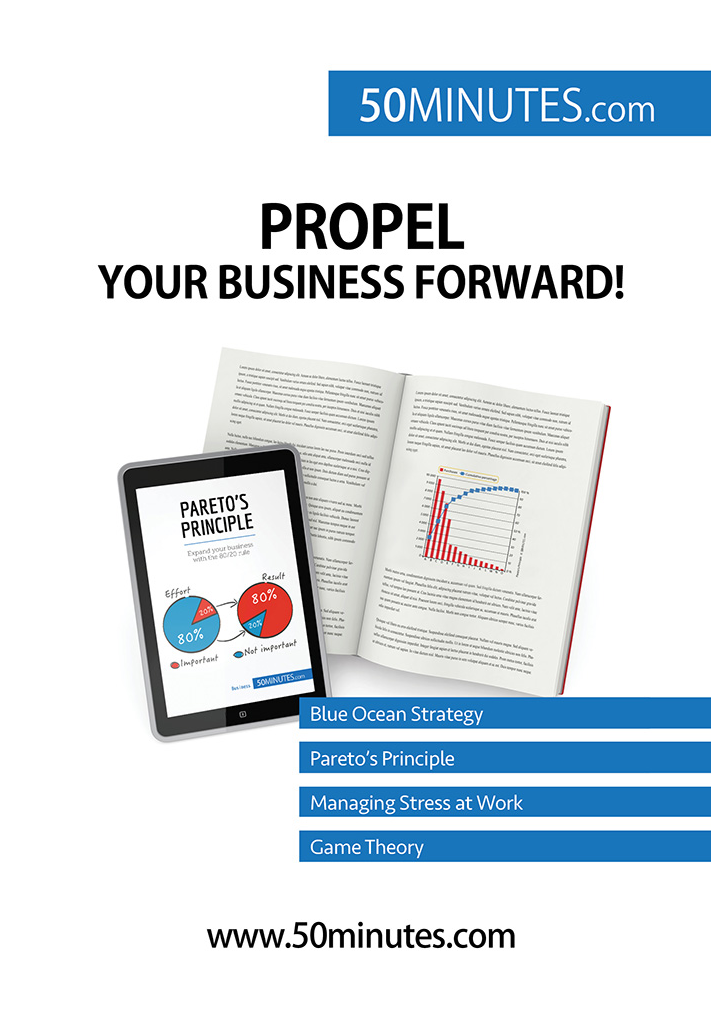The Business Model Canvas
Key information
- Name: Business Model Canvas, BMC.
- Uses: The Business Model Canvas is a valuable strategic tool which is used to conceptualise new business models or to document existing ones. It helps to guide decisions about the launch of a product, a startup or a new process by illustrating the value and core activity of a company.
- Why is it successful? The simplicity and clarity of the tools visual presentation make it easy to use alone or as part of a team.
- Key words:
- Business model: The model through which a company creates value. Through a strategy for developing the core business, this value should manifest itself in financial rewards for companies that are able to satisfy their customers.
- Business plan: A projection, written down in an official document, which outlines this strategy based on market analyses and rigorously gathered and studied data.
- Canvas: A basic outline which groups together a collection of elements in a structured way.
Introduction
Ambitious employees who want to rise through the ranks in their company and make revolutionary, high-value ideas viable, as well as entrepreneurs who want to reinvigorate their company or increase their market share, would benefit from gaining an in-depth understanding of how their business works, how it generates growth and which growth levers are the most useful. The Business Model Canvas is an excellent way of developing this understanding.
This strategic tool was developed by Alexander Osterwalder (Austrian theorist, born in 1974) and Yves Pigneur (Belgian computer scientist and professor at the University of Lausanne, born in 1954) in their bestselling book Business Model Generation (2010). It is used mainly (though not exclusively) by entrepreneurs, and aims to enable them to transform their ideas into innovative and competitive projects. To do this, the authors encourage every company that uses the Business Model Canvas to reflect on the value that they create for their customers and for themselves. This model is particularly suited to those operating in small businesses or startups, where the structure is not strongly hierarchical: the canvas offers a more systematic approach than the majority of traditional models by articulating the different component parts of the business.
Definition of the model
According to the creators of the method, this framework allows organisations to create, deliver and capture value (Osterwalder and Pigneur, 2010).
The Business Model Canvas is part of the visual and design thinking trend. This means that, through its non-linear process, it enables the creation of a visual system that is accessible, readable and easy to understand for everybody. This canvas is a medium which entrepreneurs can use to reflect on and construct their business model on a single page: they can easily organise their ideas in the boxes in the template, in order to move more quickly and effectively to action. The fact that it offers an overview of the models under construction facilitates the clear definition of priorities, the creation of concrete action plans and a creative and adaptable approach, which greatly simplifies the future development of a business plan. This tool also improves interactions with customers and boosts communication between employees.
Theory
All companies dream of holding the keys to success, and the simpler they are, the better! Although this framework does not really take into account the purely competitive aspect, it is still very interesting, practical and accessible to all.
The nine tools
The matrix consists of nine interrelated blocks that illustrate all the activities of a company:
- key activities
- key partnerships
- key resources
- customer segments
- channels
- customer relationships
- value proposition
- cost structure
- revenue streams.
Clearly differentiated and identified, the boxes are carefully and precisely arranged on the canvas. This layout creates synergies between them, resulting in a unique strategy for every company that tries the exercise.

Creating value
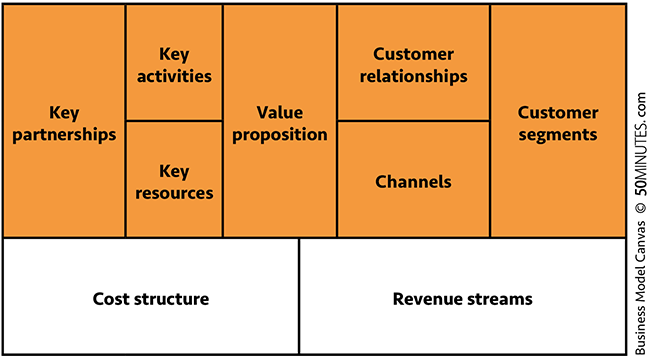
- Key activities. The key activities are essential to the company, since a customer value proposition is created through them, which indirectly generates income. These activities vary, depending on the type of business model. For example, in an insurance company, a key activity is protecting client assets and compensating them in case of loss; a hospital will be responsible for the health of patients. According to Osterwalder, the activities can be classified in three different categories:
- Those directly related to the manufacturing of a product;
- Those seeking to develop solutions (services) to meet customer needs;
- Those that take place, in whole or in part, on the internet (online shopping sites or banks).
- Key partnerships. The saying two heads are better than one is universal and has particular resonance in the professional world, within our companies. Having and maintaining good relationships with carefully selected, competitive and reliable partners strengthens the position occupied by the organisation within its market by reinforcing the business model. The nature of the partnership depends on the companys aims:
- Subcontracting to foster economies of scale or refocus activities;
- Mergers to reduce the risk and uncertainty linked to the competitive environment;
- Acquisition of certain resources and activities which allows some activities to be outsources to other companies. An example of this would be an insurance company that uses an external assessment office to pay claims.
There are various key partner profiles. Whether the partner is a company or an individual, the important thing is that they provide support, advice, etc., which will facilitate the development of a company: banks, investors, associates, suppliers or even customers, but also competitors.
- Key resources. These are the companys assets, which it relies on and which enable it to maintain its economic activity or successfully carry out its value chain. There is therefore a degree of interdependence between the health of the company both financial and human, intellectual (patents, etc.) or material and the resources available for (re)launching a value proposition. Following this logic, small and medium size businesses will make the most of the relatively small size of their teams (human resources) to focus on regular personal contact with clients. Conversely, an IT company may prefer to focus on material resources such as processors, coolers or warehouses in order to enhance its value proposition.
- Customer segments. The majority of companies owe their prosperity to their customers, who are the driving force behind many economic activities. It is therefore important to know them well, to identify their expectations and to propose an offer that best meets their needs. From these, the organisation establishes customer segments with the same or similar needs and chooses which groups to target in particular.

